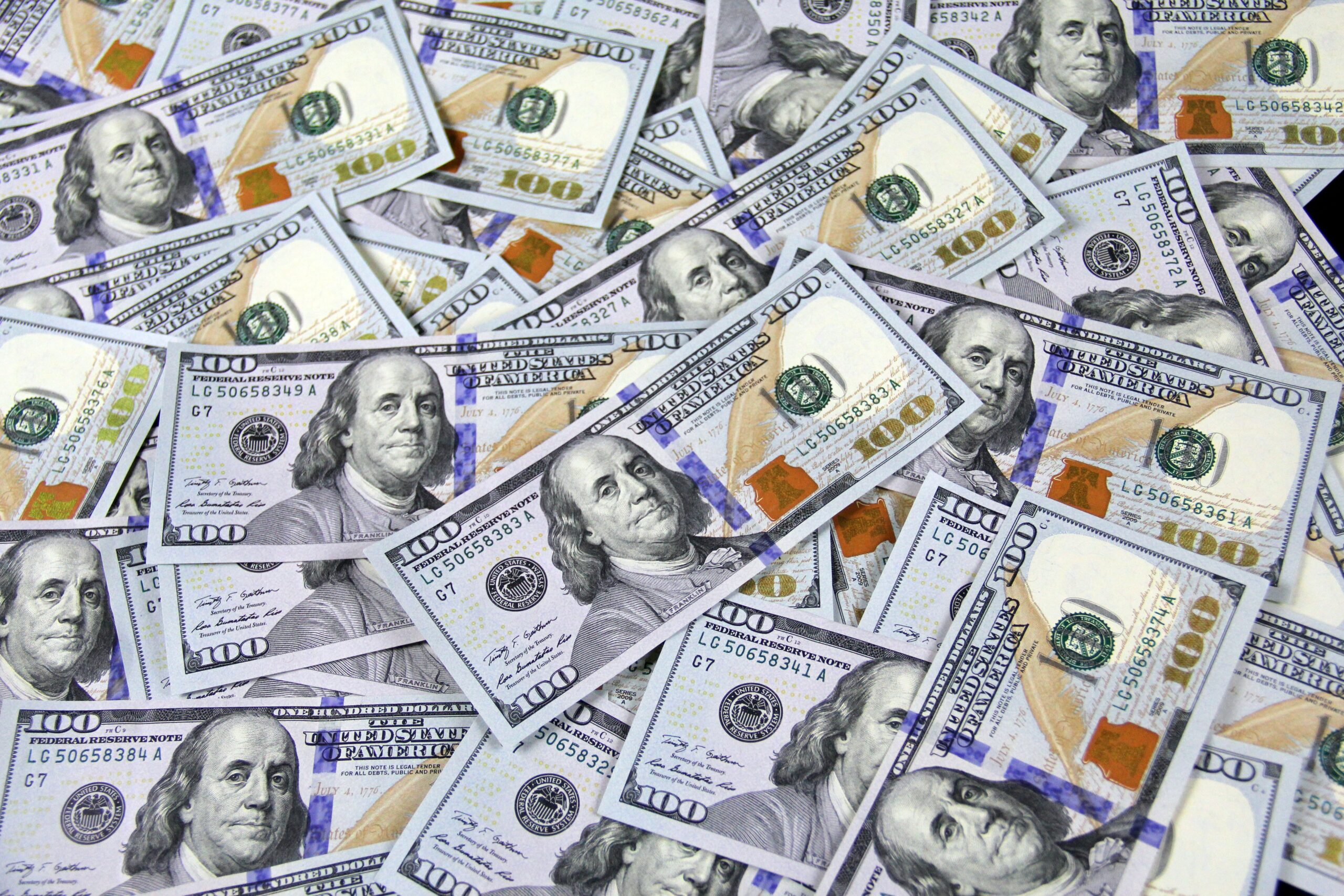A business budget is basically a detailed plan that clearly outlines how much amount you can afford to spend annually and each month. Creating a budget is the best way to know if you are making smart financial decisions. For putting your funds to proper use, you have to plan in advance. A budget will allow you to:
- Forecast the amount of income
- Plan how much revenue to spend on each area
- See the disparity between expectations and reality
What is a good budget?
An appropriate budget is flexible and simple. If circumstances alter (like they always do) the budget should not be rigid. It should give a transparent picture of your financial state both in good times and in bad times. A good budget needs to include these seven components:
- Estimated revenue
Estimated revenue is the money you wish to make from your services or sale of products. This is the first step of doing budget analysis.
- Variable costs
These alter according to rate of production and sales volume, and are intimately connected to prices of goods sold. This includes inventory, raw materials, production cost, shipping and packaging charges. Other examples of variable expenses can be sales commission, travel, and credit card charges. You should have an estimate of how much you will spend on these matters.
- Fixed costs
These are all the consistent, regular costs that are not subject to change based on profit or loss. Some examples are bank fees, rent, legal services, and insurance.
- One-time investments
One-time expenses fall outside the normal work your business performs. These are expenses like office relocation, buying furniture for the new office, purchasing software and equipment and several other costs associated with research and launch.
- Your profit
Profit is the amount left with you after you take care of all expenses. If profits increase every month, it means that the business is growing. So, with the help of your budget, you can keep track of the profit you intend to make depending on revenue, goods sold, and other expenses.
- Cash flow
The concept of cash flow is quite simple. If the amount of money your business makes at the end of each month is more than the cash that flows out, it is called positive cash flow. If the expenditure exceeds the income, the cash flow is considered negative.
- A budget calculator
A budget calculator is an excellent tool to learn where you stand as far as budget planning is concerned. Prepare a summary page in your spreadsheet with a column for every single budget category. Then list the amount you have ready for each category. Create a separate column to note down the final amount you require to spend in the end on each segment.
Conclusion:
If you want to get accurate data regarding financial dealings, the only way of achieving that is by consistent bookkeeping. This might seem like a challenging task in the beginning. But, as you start working on budget analysis, you’ll have better control over your finances.















